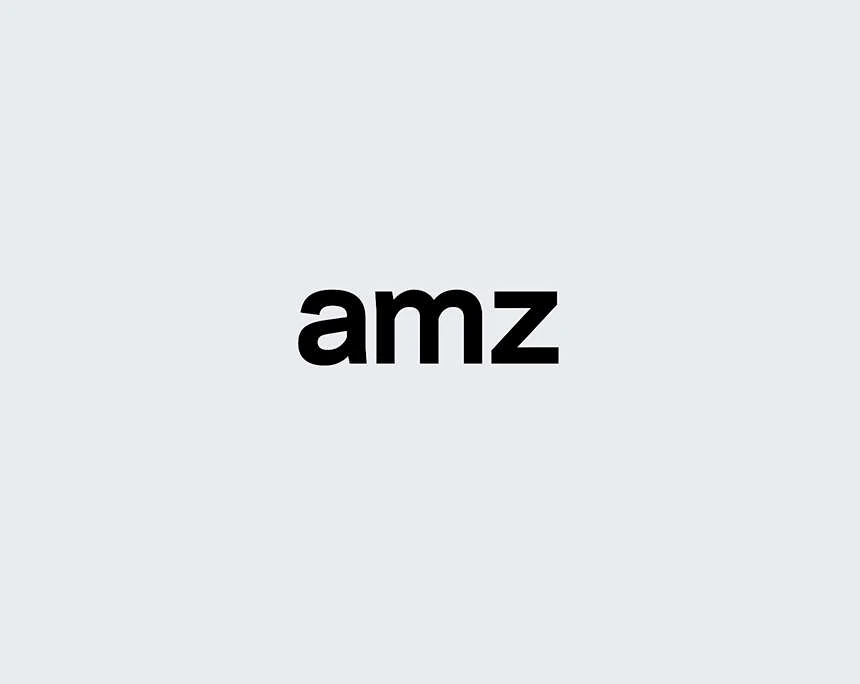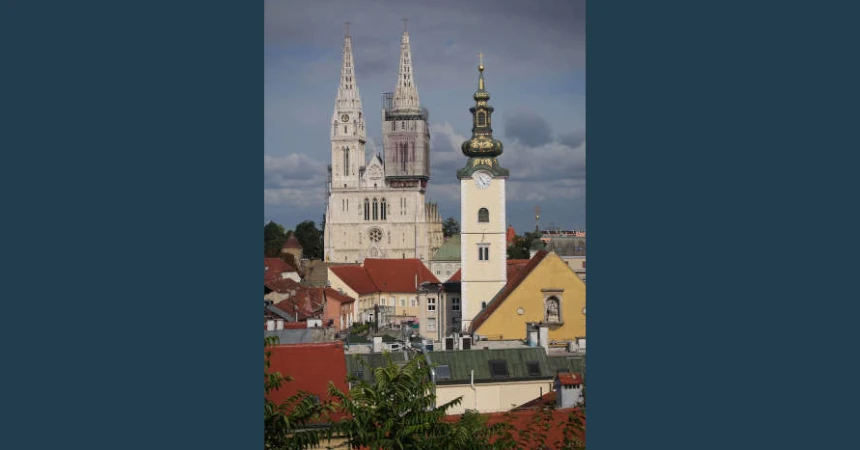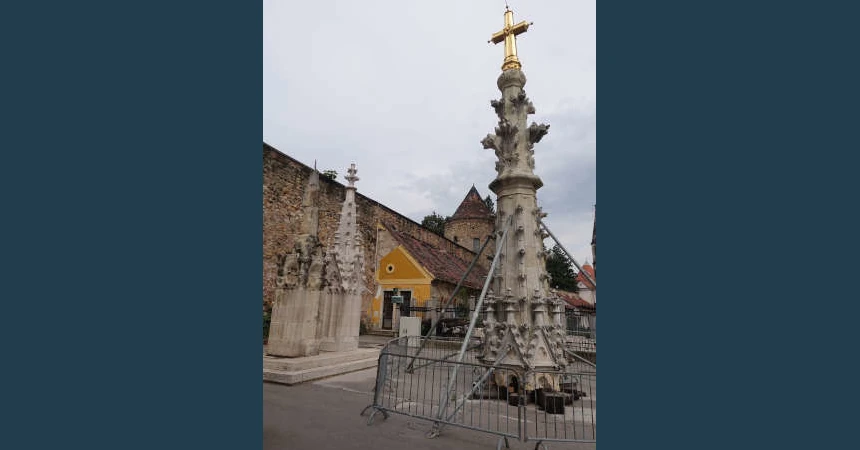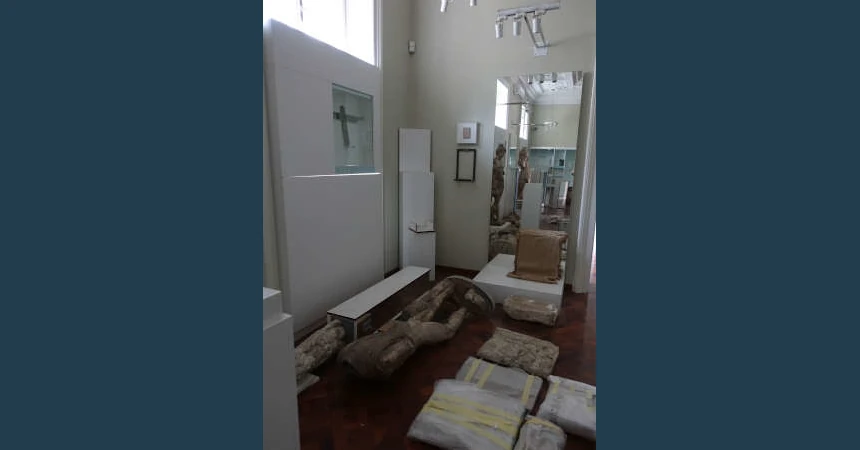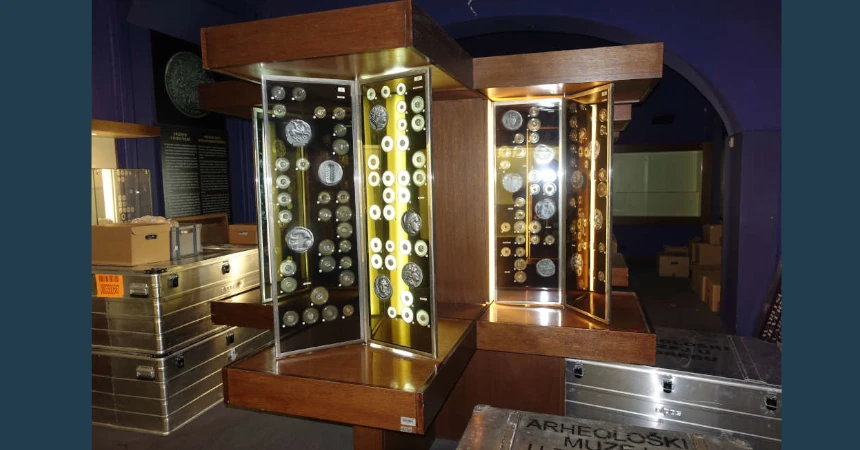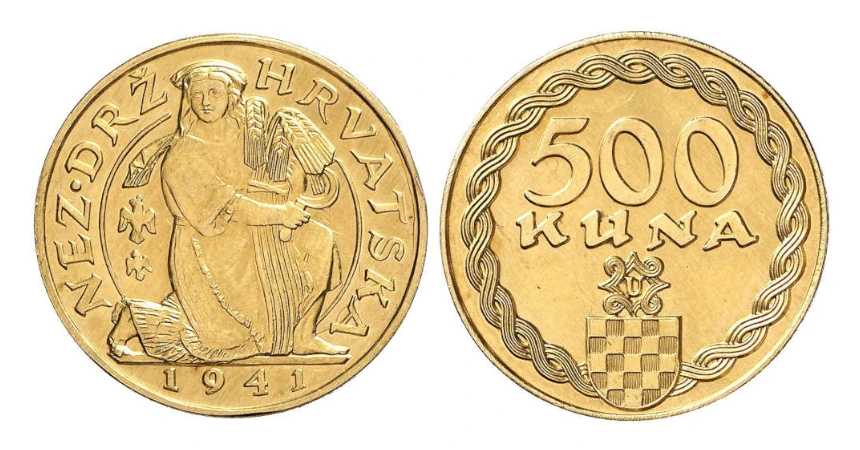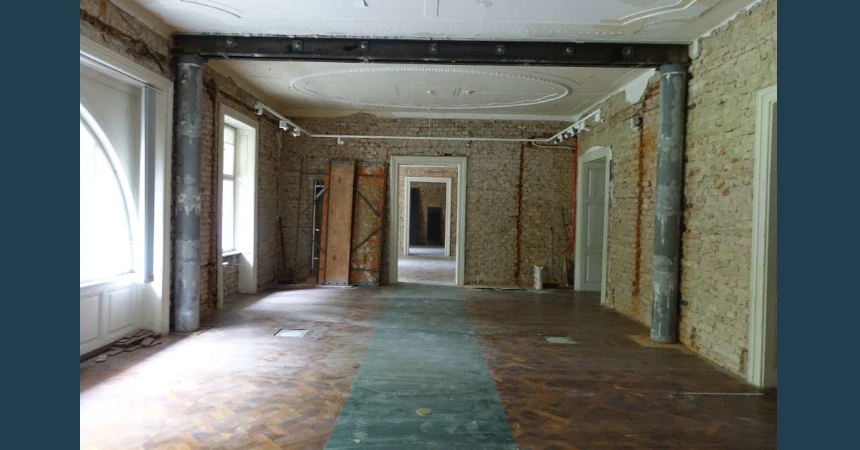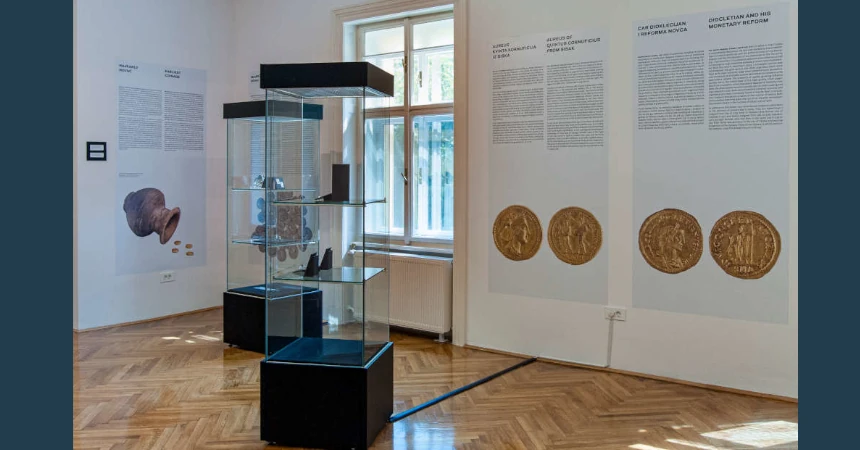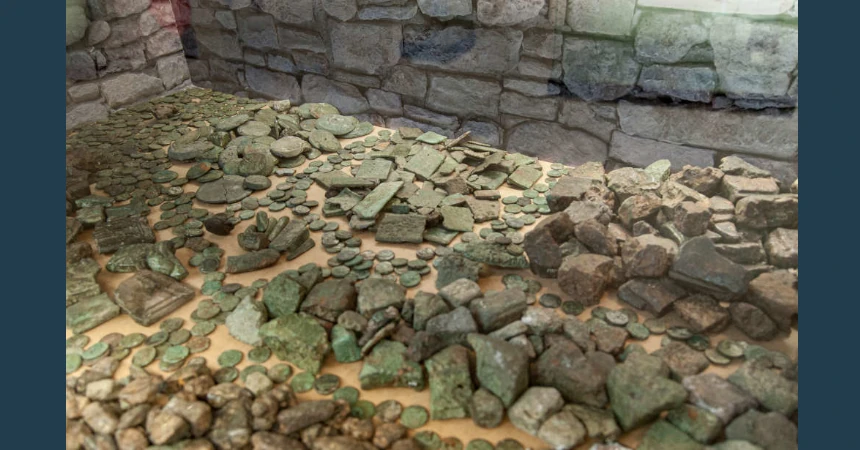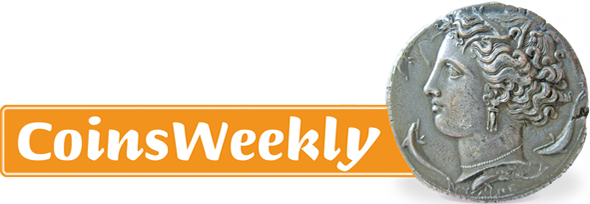Archaeological Museum Zagreb
Wenn es kein Logo gibt, wird diese Spalte einfach leer gelassen. Das Bild oben bitte löschen.
(Dieser Text wird nicht dargestellt.)
Zrinjevac 19
10000, Zagreb
Croatia
Tel: +385 (0)1 4873 000
Opening hours:
Tue-Fri 10:00 AM – 6:00 PM
Sat 10:00 AM – 8:00 PM
Sun 10:00 AM – 1:00 PM
Last entry – 20 minutes before closing time.
by Ursula Kampmann
I will never forget my visit to the Archaeological Museum in Zagreb on 18 July 2020. My colleague, Prof. Dr. Ivan Mirnik, had promised to show me the coin cabinet, even though it was closed to the public. Only then did I learn just how much the entire cultural landscape of Zagreb had suffered from the consequences of an earthquake that I had not even heard about. Violent tremors had shaken the earth near Zagreb on 22 March 2020 – two weeks after the shock cancellation of the Numismata coin show. Our world had changed so rapidly since 7 March 2020, that news outlets were unable to cover everything that was happening. COVID-19 was dominating headlines – not only in Germany – and shifting attention away from other tragedies, such as an earthquake that had cost “only” one human life.
A Museum Destroyed
It was an intense magnitude 5.4 earthquake that rocked Zagreb. Several churches were severely damaged, and the roof of the Croatian parliament collapsed. The Archaeological Museum was also affected. Ceramics and glass display cases shattered, statues toppled, 178 exhibits were in some cases severely damaged, parts of the ceiling fell in, and the walls became tattooed with cracks. After the initial shock, curators rushed in to secure the objects. These were taken to the basement, only to be moved again hastily after a storm caused flooding in Zagreb at the end of March.
By the time I visited the museum in July, the initial shock had given way to a defiant “We’ll rebuild this no matter what!” sentiment. The curators of the Archaeological Museum have had all too much experience with this, unfortunately. The war for Croatia’s independence from communist Yugoslavia between 1991 and 1995 had also left the museum in ruins; it was not to be reopened until shortly before the new millennium. Dr. Mirnik told me at the time that the funds for reconstruction were more or less available. Scholars, the public and politicians unanimously agreed the work should be done as quickly as possible.
A Symbol of Croatian Identity
The Archaeological Museum in Zagreb represents the Croatian identity, as does its coin collection. It has its roots in the Croatian national movement of the 19th century. The “Young Illyrians”, opposed to the Habsburg rule of the time, collected anything and everything that documented the emergence of Croatia as a nation. Coins played a very special role in this.
The Archaeological Museum showcased this in an exhibition in 2019, at a time when Croatia was preparing for the introduction of the euro. This meant that the country was abandoning its national currency, the kuna. Currencies with this name have existed on Croatian soil since the Middle Ages. The name likely dates back to the era of pre-money economy; the word “kuna” means marten, and marten pelts were the currency in which taxes and duties were paid in the Croatian region during the early Middle Ages.
Croatians are thus well aware even to this day of how important coins are for the identity of a nation, and that this is the reason the “Young Illyrians” started a coin collection in the 19th century. This collection was transferred to the new National Museum – the predecessor of the Archaeological Museum – upon its founding in 1836. The first curator cataloged approximately 1,000 coins. He was able to joyfully witness the rapid expansion of his collection. A little over a decade later, the catalog already comprised 26,000 items. By 1900, the Archaeological Museum’s coin collection had swelled to an impressive 100,000 items. They have been and indeed still are the subject of numerous numismatic catalogs and monographs, which the team of numismatists at the Archaeological Museum in Zagreb regularly publishes in both Croatian and English.
Today, the Archaeological Museum’s coin collection comprises some 280,000 items – mostly Roman coins, although the research focus leans more toward Celtic and medieval coinage.
Swift Reconstruction
It took four years to repair the worst of the damage and renovate the museum interior. A sum of 2 million euros was invested, most of which came from insurance. Financing was supplemented with a solidarity fund, domestic and international donations as well as funding from the city of Zagreb itself. A decision was taken to simultaneously earthquake-proof the building. Zagreb, after all, is situated at the junction of the Eurasian and African plates, rendering earthquakes relatively common. Indeed, the city even owes its present appearance to an earthquake. The modern city with the prestigious buildings we know today was only created after the earthquake of 1880 had reduced Zagreb – known at that time as Agram – to ruins.
Now only renovation of the façade is still pending. It will cost around 3 million euros, which Mayor Tomislav Tomašević has promised to finance from the city budget.
Coins in the Exhibition
Before the earthquake, the numismatic department had a permanent exhibition open to the public which had been compiled during the era of communist Yugoslavia. The people of Zagreb were very proud of the exhibition, as the presentation of the objects was groundbreaking for its time. In a darkened room almost reminiscent of a treasure vault, the coins were displayed on large plates and illuminated with spotlights. While this might differ somewhat to present day display methods, the creativity of the exhibition organizers deserves our respect. After all, in the shortage economy of communist Yugoslavia, they did not have the same resources available as we do today.
Nevertheless, the Archaeological Museum in Zagreb has now opted to follow the trend and integrate the coins into the general exhibition – resulting in several display cases containing coins that make the people of Zagreb justifiably proud.
The exhibition is just temporary, however. Miroslav Nađ, senior curator in the numismatic department, explains that only a few highlights are currently on display. As soon as circumstances allow it, a new permanent exhibition is to be designed, in which a much greater number of coins will be displayed.
The Mazin Hoard
Nevertheless, the Archaeological Museum in Zagreb is certainly worth a visit for anyone interested in numismatics. One highlight of the current exhibition, for example, is the hoard discovered in Mazin. It is testament to the extensive trade network of the Iapydes, a Celtic tribe that settled inland between the Istrian peninsula and Dalmatia from around the 9th century BC. Relatively little is known about the Iapydes, except that they ravaged Aquileia in 171 BC. The Romans repeatedly waged campaigns in their territory. At the hands of Augustus, the Iapydes were forcibly placed under Roman rule in a civitas.
The Mazin hoard was probably buried sometime during the first half of the 1st century BC. The hoard contains a vast array of items that actually have just one thing in common: they are all made of bronze, which was used to make weapons, tools and jewelry. It includes not only fragments of damaged bronze objects, but also heavy Roman coins, i.e. aes grave (45 pieces), aes signatum (17 pieces) and aes rude (456 pieces), as well as Roman Republic asses and the fractional pieces thereof. They all served as melting material – as did large bronze coins from Carthage (505 pieces) and Egypt (40 pieces) – and even two coins from Hieron II of Syracuse and the Arcadian city of Caphyae found their way into this hoard.
Discovered in a stone chest in 1896, the hoard also lent its name to other hoard discoveries of similar compositions. They take us back to the period of transition between money and ingots, show that what functioned as a coin in Roman and Greek cities quickly became an ingot again in rural areas, and illustrate just how seamless the transition from money to a means of barter was in ancient times.
The Mazin hoard is just one example of the many interesting objects and hoard discoveries housed at the Archaeological Museum in Zagreb. If you end up visiting the Croatian capital during your vacation, be sure to plan a trip to the Archaeological Museum. And not just for the coins! Also because the resilience of our Croatian colleagues deserves respect.
Sometimes, it is not about putting on the biggest exhibition with the most amazing coins, but about spreading the joy and knowledge of numismatics against all odds!







